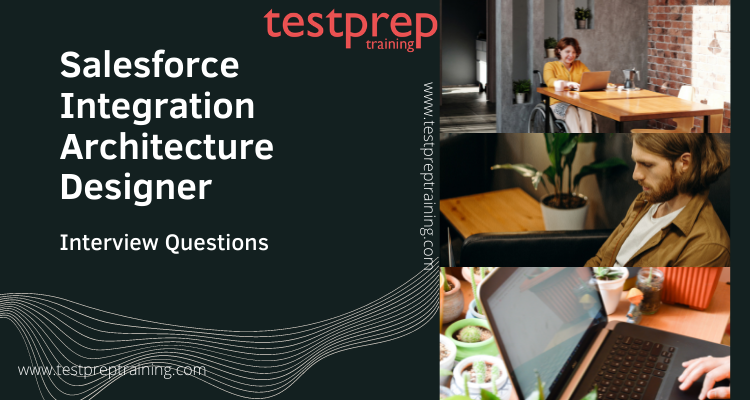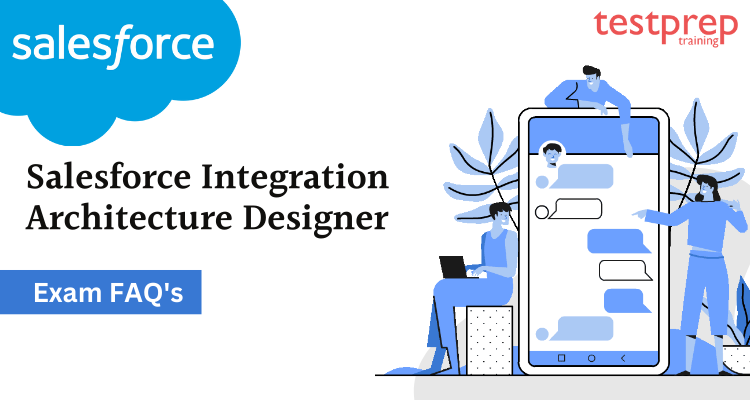Salesforce Integration Architecture Designer
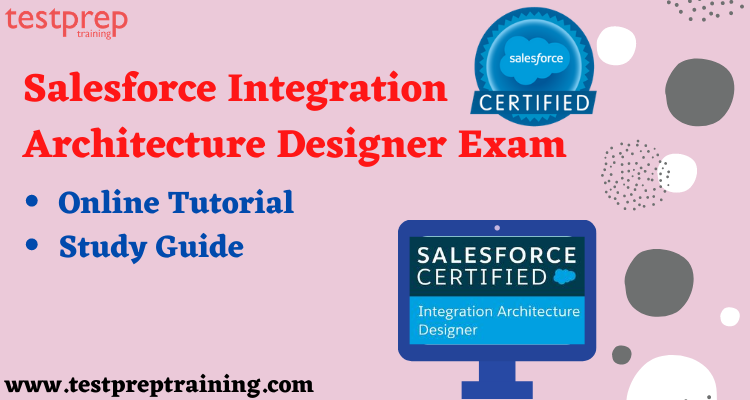
Architects, analysts, and application managers who wish to develop safe, scalable Lightning Platform integrations should pursue the Salesforce Integration Architecture Designer certification. The Salesforce Integration Architecture Designer test is intended to assess a candidate’s ability to communicate technical solutions to technical stakeholders and to offer a project delivery framework that ensures quality and success.
A Salesforce Integration Architecture Designer assesses the integration requirements for designing safe, scalable Salesforce Platform integration solutions. The designer has prior expertise in building and implementing complex integration models on a variety of platforms, as well as conveying solution and design trade-offs to both business and technical stakeholders.
Skills and Knowledge Required:
The Salesforce Certified Integration Architecture Designer Prerequisites are:
- Create Lightning Platform and other corporate application connectors that are fast, safe, and dependable.
- Examine the architecture of current and future state integration.
- Create and manage the project’s Integration Architecture blueprint.
- Integrate with other on-premises and cloud-based applications.
- At multiple levels, effectively convey architecture design to numerous stakeholders.
- When it comes to integration, use the best domain practices.
- Create interface security measures that are both reliable and scalable.
Who should take this exam?
For experts that analyse the architecture environment and requirements and create sound and scalable technical solutions on the Salesforce Platform to meet end-to-end integration requirements.
Check: Salesforce Integration Architecture Designer Interview Questions
Exam Details
Describing the format and necessary details of the Salesforce Integration Architecture Designer is the next important step.
- There are 60 questions on the exam. The questions on the Salesforce Certified Integration Architecture Designer Exam will be in multiple-choice or multiple-select format.
- The exam will be given 105 minutes for the candidate to finish. This exam has a pass rate of 67 percent. The registration price for the candidate is $400 USD including any taxes. The fee for retaking the exam is USD 300 plus all applicable taxes, as needed by local law.
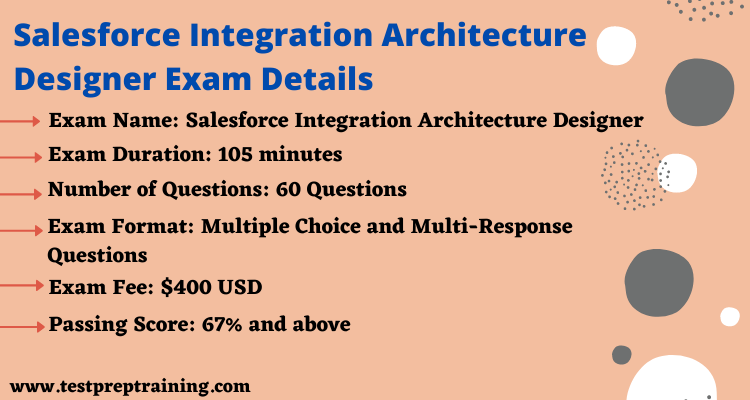
Salesforce Integration Architecture Designer Course Outline
The Salesforce Integration Architecture Designer test assesses a candidate’s knowledge and skills in the areas listed below. A candidate should have experience with Integration Architecture applications and be able to demonstrate knowledge and skill in each of the following areas.
1. Evaluate the Current System Landscape: 8%
- Given a set of business requirements, identify the current system landscape and determine what standards, limitations, boundaries and protocols exist. ( Salesforce Documentation: Pattern Approach)
- Given an existing system landscape, analyze for constraints and/or pain-points to satisfy a business requirement(s). ( Salesforce Documentation: Integration Patterns and Practices )
- Given a set of requirements, evaluate the authentication and authorization needs based on the system landscape.
2. Evaluate Business Needs: 11%
- Given a use case, identify functional and non-functional requirements needed for integration.
- Based on a given integration requirement, identify and classify data into Confidential/Secure/Public.
- Given a use case, identify key factors for CRM success that should be included as integration requirements. ( Salesforce Documentation: Salesforce CRM Content )
- Given a use case, identify the business growth and regulatory factors that can impact choice of integration solutions. ( Salesforce Documentation: Integration Patterns and Practices )
3. Translate Needs to Integration Requirements: 22%
- Given an existing system landscape diagram, create an inventory of the systems and integration patterns.
- Given a use case and business process, evaluate system and process constraints. ( Salesforce Documentation: Pattern Summary )
- Given a use case, identify integration security / authentication / authorization requirements.
- Given a use case, identify performance needs (volumes, response times, latency) and propose appropriate integration solutions that will meet business requirements. ( Salesforce Documentation: Purpose and Scope )
4. Design Integration Solutions: 28%
- Given a use case, identify the integration pattern that meets business requirements. ( Salesforce Documentation: Integration Patterns Overview )
- Given a use case, define the components which create a solution that meets business requirements. ( Salesforce Documentation: Pattern Selection Guide )
- Given a use case, identify the trade-offs, limitations, and constraints that meet the proposed solution. ( Salesforce Documentation: Pattern Approach )
- Given a use case that includes technical requirements, constraints or drivers, specify the appropriate Salesforce API(s) for the proposed solution. ( Salesforce Documentation: Understand the Salesforce Architecture )
- Given a use case that includes technical requirements, constraints or drivers determine the standards, components, techniques, and security mechanism that should be used.
5. Build Solution: 23%
- Given a use case that includes technical requirements, constraints or drivers, identify the considerations when designing and implementing API(s), both Salesforce as an API provider and Salesforce as an API consumer. ( Salesforce Documentation: Understand the Salesforce Architecture )
- Given a use case, identify the considerations when choosing the right option in making an outbound call to an external system.
- Considering a use case, describe what should be considered when building a scalable solution.
- Given a use case, determine error handling for different integration options. ( Salesforce Documentation: Test in the Integration Environment and Deploy Changes )
- Given a use case, create a security solution for inbound or outbound integrations. ( Salesforce Documentation: Salesforce Integration v2 )
- Given a use case, identify the factors needed to build resilience in an integration solution for system updates. ( Salesforce Documentation: Systems Integration and Data Security )
6. Maintain Integration: 8%
- Given an integration maintenance use case, identify performance monitoring needs for integration requirements. ( Salesforce Documentation: Integration Patterns Overview )
- Given a use case, identify the appropriate error handling, escalation and recovery procedures for a failed integration.
- Given a use case, identify reporting needs for integration monitoring. ( Salesforce Documentation: Real-Time Event Monitoring )
Exam Policies
Exam policies are provided by Salesforce Certification to assist applicants by providing all relevant information about the certification program. These exam policies assist students in comprehending and gathering the relevant information following the exam or prior to the exam procedures. This includes information on exam retakes, guidelines to follow during exam time, and other details about the exams and testing venues.
You will be completely responsible for understanding and following the Salesforce Integration Architecture Designer exam policies, as well as the policies and procedures of the designated exam delivery provider when studying for the Salesforce Integration Architecture Designer exam.
VISIT: Salesforce Integration Architecture Designer FAQ
Salesforce Integration Architecture Designer Preparatory Guide
To begin your ideal Salesforce Integration Architecture Designer exam study, consider the following important stages for building an ideal schedule for your Salesforce Integration Architecture Designer exam preparation.
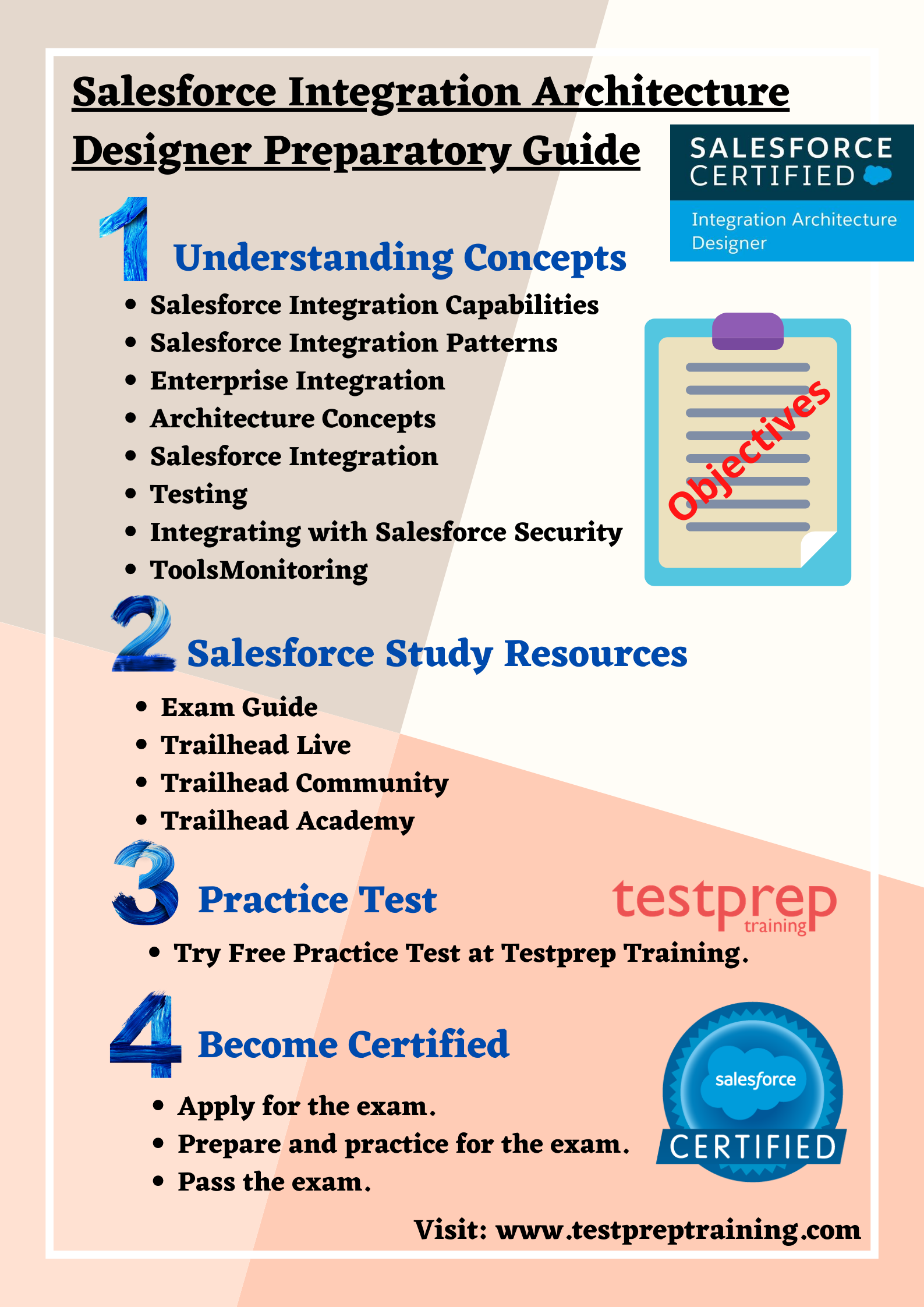
1. Review the Exam Objectives
Reviewing the exam objectives should be the first step. Make sure you’re up to speed on all exam information before you start studying for the certification exam. Because certification exams are updated on a regular basis when new technology is introduced. As a result, your initial step should be to visit the Official website of Salesforce and see if you and the website are on the same page. If not, make sure you’re up to date on all of the latest exam information. Also, objectives are crucial, so be sure to complete this stage successfully. The objectives of the Salesforce Integration Architecture Designer exam are:
- Salesforce Integration Capabilities: 28%
- Salesforce Integration Patterns: 17%
- Enterprise Integration Architecture Concepts: 15%
- Salesforce Integration Testing: 10%
- Integrating with Salesforce Security: 15%
- Tools: 10%
- Monitoring: 5%
2. Salesforce Study Guide
The Salesforce Integration Architecture Designer Study Guide is the next phase. The study guide for the Salesforce Integration Architecture Designer exam can be found on Salesforce’s official website. The Exam Outline is the most crucial portion of any certification exam, as previously stated. This guide includes information on the certification exam’s target audience, recommended training and material, and a comprehensive list of exam objectives, all with the goal of assisting you in achieving a passing score. To increase your chances of passing the exam, Salesforce suggests combining on-the-job experience, course participation, and self-study.
3. Salesforce Integration Architecture Designer Trailhead
When it comes to Salesforce, the most significant component of your preparatory guide is Trailhead. Trailheads are, without a doubt, extremely excellent resources for preparing for such a test. You can use Trailhead to review online documentation, tip sheets, and user guides, as well as search for and study information relating to the topics specified in the Exam Outline portion of this guide.
4. Salesforce Integration Architecture Designer Training
The most important experience for tests like Salesforce Marketing Cloud Administrator is getting some hands-on experience. The Training Course is the key to passing the exam. You can simply familiarise yourself with training courses on the subject. Salesforce provides the candidate with a variety of options from which to choose. Training courses are highly recommended by Testprep Training. This is not a one-dimensional understanding, but rather a multi-dimensional approach to solving an issue.
5. Join a Study Group
The applicant must acquire and share knowledge in order to pass the Salesforce Marketing Cloud Administrator test. As a result, we recommend that you enroll in a study where you may discuss the topics with others who share your goals. The candidate will be guided by this during their preparation.
6. Practice Test
The most crucial step is to study using the practice test. Salesforce Integration Architecture Designer Practice Exams are the only way for a candidate to know how well they’ve prepared. There are numerous practice exams available on the internet nowadays, and the candidate can select the one that best suits their needs. The Salesforce Marketing Cloud Administrator practice test is really helpful in preparing for the exam. So, Start Preparing Now!

